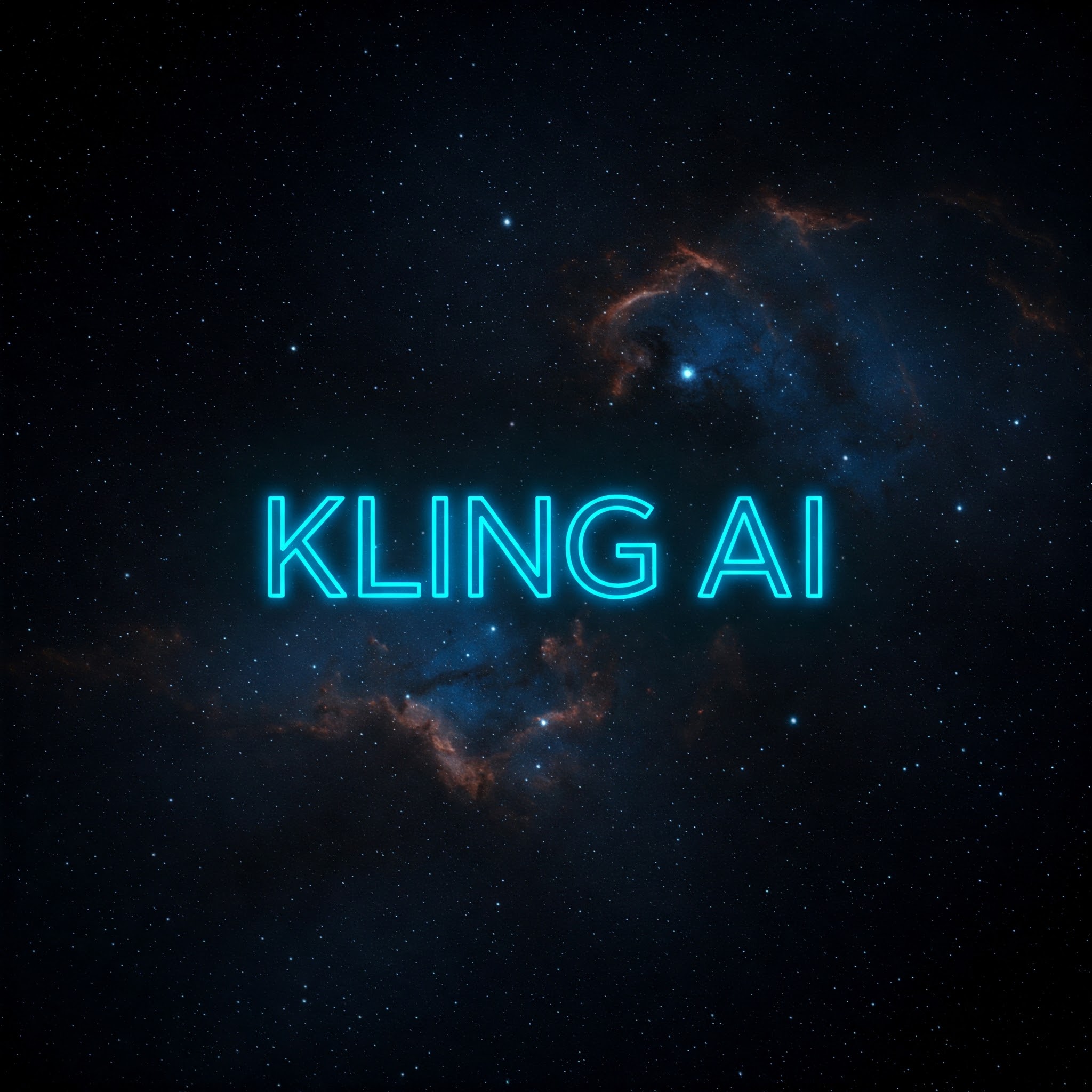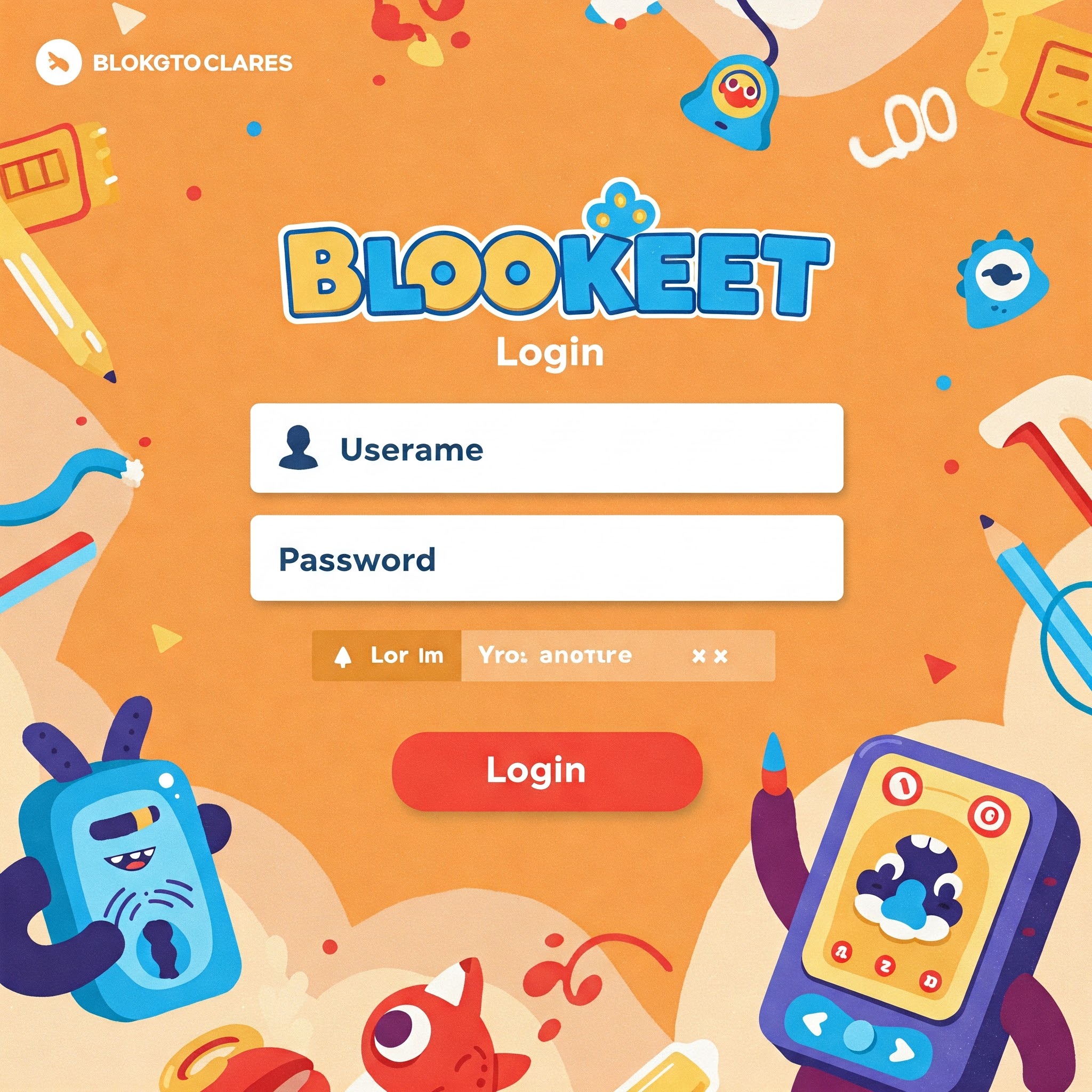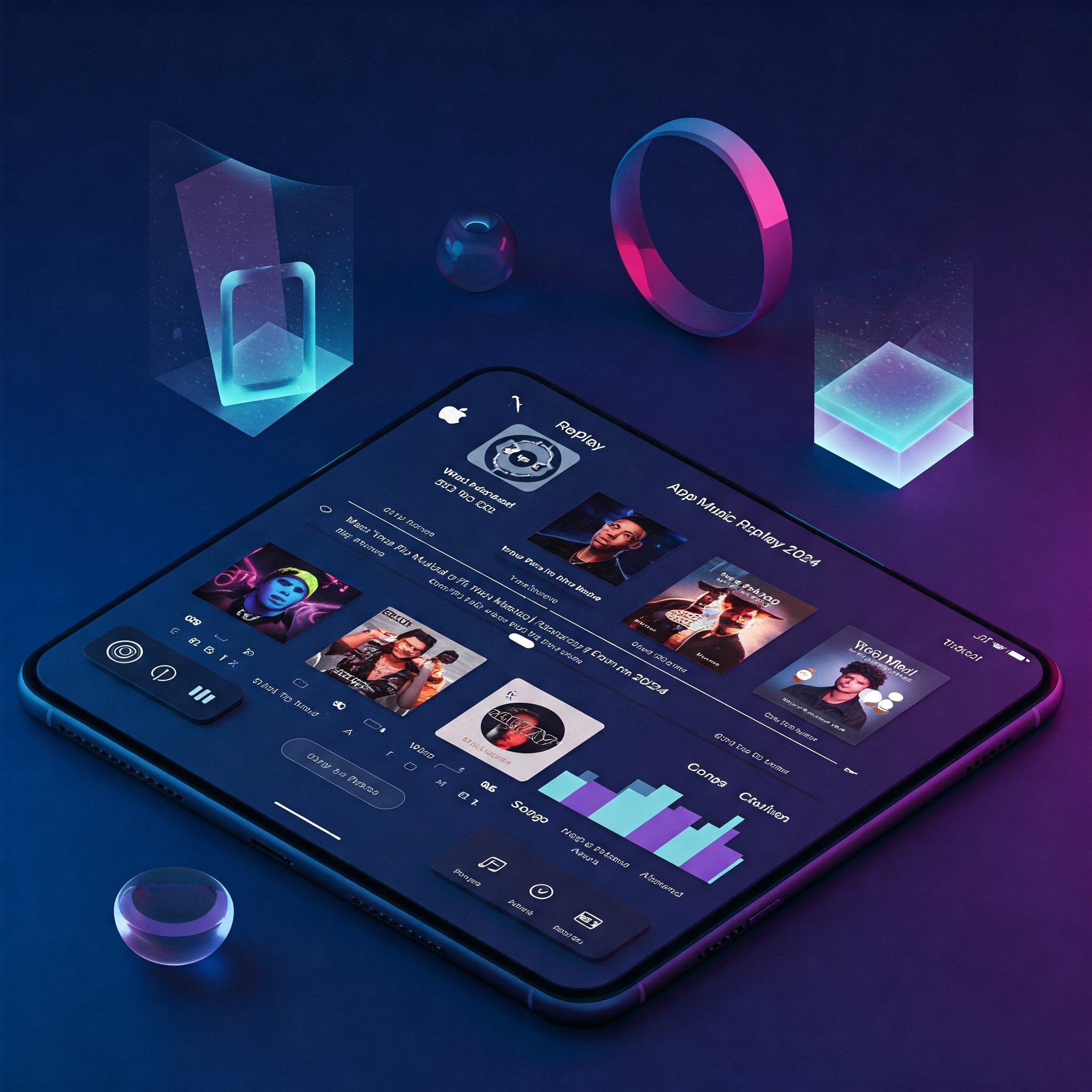Introduction
In the rapidly evolving landscape of artificial intelligence, Kling AI is emerging as a standout force, reshaping how we think about digital content creation. As creative professionals, marketers, and developers seek tools that can keep up with fast-paced demands, Kling AI offers a revolutionary platform driven by cutting-edge technology. It combines natural language processing, machine learning, and intuitive design to create high-quality, original content across diverse media formats.
Artificial intelligence has transcended the realm of science fiction and is now embedded in our daily workstreams. From automating mundane tasks to generating engaging narratives, AI is becoming an indispensable partner for digital productivity. Kling AI has carved a niche by delivering powerful yet accessible solutions that bridge the gap between human creativity and machine efficiency.
This article explores Kling AI in depth—its origins, features, real-world applications, ethical considerations, and how it stands apart from its competitors. Whether you’re a content creator, tech enthusiast, or business owner, understanding Kling AI’s impact is essential for staying ahead in an increasingly automated world.
What is Kling AI
Background and Origins
Kling AI is the brainchild of a group of forward-thinking technologists and AI researchers committed to making creativity scalable through automation. Founded with the vision of democratizing high-level content creation, Kling AI was designed to assist users across industries in generating premium content without requiring deep technical skills.
The platform has steadily evolved since its beta release, gaining attention for its advanced capabilities and sleek, user-friendly interface. While many AI tools are either overly complex or too simplistic, Kling AI finds a perfect middle ground—balancing usability with robust output quality. In an age where content is king, Kling AI empowers even non-writers and non-designers to produce professional-grade materials in a matter of seconds.
Core Features and Technology
At its core, Kling AI relies on advanced deep learning models trained on diverse datasets, allowing it to understand context, nuance, and tone better than many of its predecessors. Natural language processing (NLP) enables the AI to generate human-like text, while adaptive algorithms fine-tune output based on user feedback and intent.
Kling AI features include a content wizard for guided writing, real-time collaboration tools, multilingual support, and style customization options. Whether you need a product description, a social media post, or a long-form blog, Kling AI can adapt its voice and tone to match brand guidelines. The tool’s scalability and ease of use make it an attractive solution for startups and enterprises alike.
Use Cases and Applications
Content Creation
One of the standout applications of Kling AI is in content creation. Bloggers, marketers, and eCommerce operators use Kling AI to generate product descriptions, landing page copy, email sequences, and more. It streamlines the writing process by delivering SEO-optimized text that is engaging and on-brand. With Kling AI, the days of writer’s block are over, replaced by a constant flow of ideas and drafts that can be refined to perfection.
The platform’s flexibility also allows for creative writing tasks such as storytelling, screenplay drafts, or poetry. This makes Kling AI not only a productivity tool but also a creative partner that inspires users to push the boundaries of imagination. Users can input prompts, set tone parameters, and receive multiple variations of the same content piece, enabling quick experimentation and ideation.
Visual and Multimedia Generation

Beyond text, Kling AI is expanding into the realm of multimedia. Users can create video scripts, enhance visual layouts, and even design elements with minimal input. The AI can suggest imagery, choose layouts, and provide design templates that align with your content’s theme, making it a comprehensive solution for visual storytelling.
This functionality is a game changer for marketing teams and digital creators who need to produce a high volume of content without sacrificing quality. Integration with tools like Canva, Adobe Suite, and video editors enhances Kling AI’s utility, making it a hub for both copy and creative asset generation.
Enterprise and Business Solutions
Businesses are leveraging Kling AI to automate routine communications such as customer support emails, internal newsletters, and performance reports. These features allow teams to focus on strategic work while Kling AI handles repetitive tasks efficiently and accurately. It ensures brand consistency while adapting to different corporate communication styles.
Additionally, sales and HR departments are using Kling AI to draft proposals, onboarding documents, and training materials. By minimizing the manual labor involved in content creation, Kling AI drives operational efficiency and boosts productivity across departments.
How Kling AI Stands Out from Competitors
Comparison with Other AI Tools
While tools like ChatGPT, Jasper, and Copy.ai have gained popularity, Kling AI differentiates itself through its specialized features and focus on creative collaboration. It offers more than just a text generator—it’s a full creative suite powered by AI.
Kling AI’s outputs are often more refined out-of-the-box, requiring less post-editing. This is due to its deeper context understanding and built-in templates tailored for specific industries. Unlike other platforms that focus narrowly on marketing or copywriting, Kling AI offers broader creative and business functionalities.
Performance, Speed, and Accuracy
Speed and accuracy are vital in AI tools, and Kling AI excels on both fronts. Benchmark testing shows that it delivers faster outputs while maintaining high quality. It leverages GPU acceleration and optimized model architecture to produce results in real time.
User reviews highlight its accuracy in tone matching and information recall, which is essential for brand-sensitive content. With frequent updates and machine learning refinement, Kling AI improves the more it is used, adapting to unique user preferences over time.
Language Support and Multilingual Capabilities
Kling AI supports multiple languages, enabling global businesses to localize content effectively. Whether you’re targeting Spanish-speaking customers or launching a campaign in Southeast Asia, Kling AI provides culturally relevant and grammatically accurate translations. This makes it a key player in international content strategy.
Ethical Considerations and Challenges
Bias, Plagiarism, and Content Authenticity
AI-generated content raises important ethical questions, and Kling AI takes these concerns seriously. It incorporates bias detection mechanisms and offers originality checks to avoid plagiarism. Users are encouraged to use Kling AI as a starting point rather than a final product, ensuring a human touch in the final output.
The platform also uses invisible watermarks and logs to maintain transparency about AI involvement in content creation. This promotes accountability and supports ethical use, especially in journalism and academic settings.
Privacy and Data Usage Policies
Kling AI adheres to strict data protection protocols. User input data is anonymized, and no content is stored without consent. The platform complies with GDPR and other global privacy regulations, making it safe for handling sensitive or proprietary information.
Custom enterprise solutions also include dedicated servers and encrypted communication channels for added security, ensuring Kling AI meets the compliance needs of large organizations.
Future Governance in AI-Generated Media
As AI-generated content becomes mainstream, regulatory frameworks will need to evolve. Kling AI is participating in these discussions, working with academic and industry partners to shape responsible AI usage standards.
From content labeling to ethical development, Kling AI is not just a tool but a voice in the movement toward sustainable AI innovation.
Conclusion
Kling AI is more than just another AI tool—it’s a creative revolution. By seamlessly combining speed, intelligence, and intuitive design, it empowers users to produce exceptional content at scale. Its versatility across industries, ethical considerations, and standout features make it a frontrunner in the AI content generation space.
As the demand for rapid and high-quality content continues to grow, Kling AI stands poised to lead the charge. For anyone looking to enhance their creative output and stay competitive in the digital world, Kling AI is a powerful ally worth exploring.
FAQs
Is Kling AI free to use or does it require a subscription? Kling AI offers both free and premium subscription plans, depending on user needs and feature access.
How does Kling AI ensure content originality? Kling AI includes built-in plagiarism detection and encourages unique content generation using adaptive prompts.
Can Kling AI be integrated with third-party tools like Canva or WordPress? Yes, Kling AI offers APIs and plugin support for seamless integration with various third-party platforms.
What industries benefit most from Kling AI? Marketing, eCommerce, publishing, education, and corporate communication sectors are key beneficiaries.
How does Kling AI compare with GPT-4 or other large language models? While built on similar principles, Kling AI offers more tailored, creative-focused features with industry-specific templates.
Does Kling AI support voice commands or voice-to-text input? Yes, voice input functionality is supported on premium plans for hands-free content generation.
What languages does Kling AI currently support? Kling AI supports over 25 languages, with ongoing expansions for regional dialects.
Is Kling AI safe to use for confidential or business-sensitive material? Absolutely. Kling AI uses end-to-end encryption and complies with major privacy regulations like GDPR.









